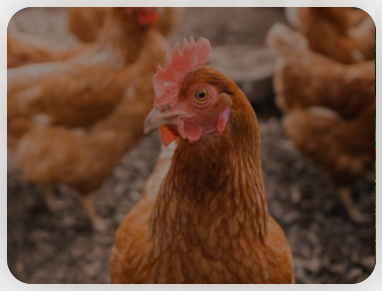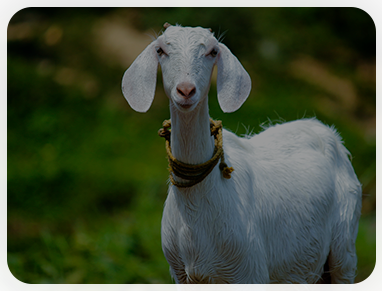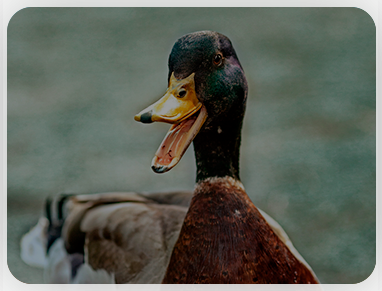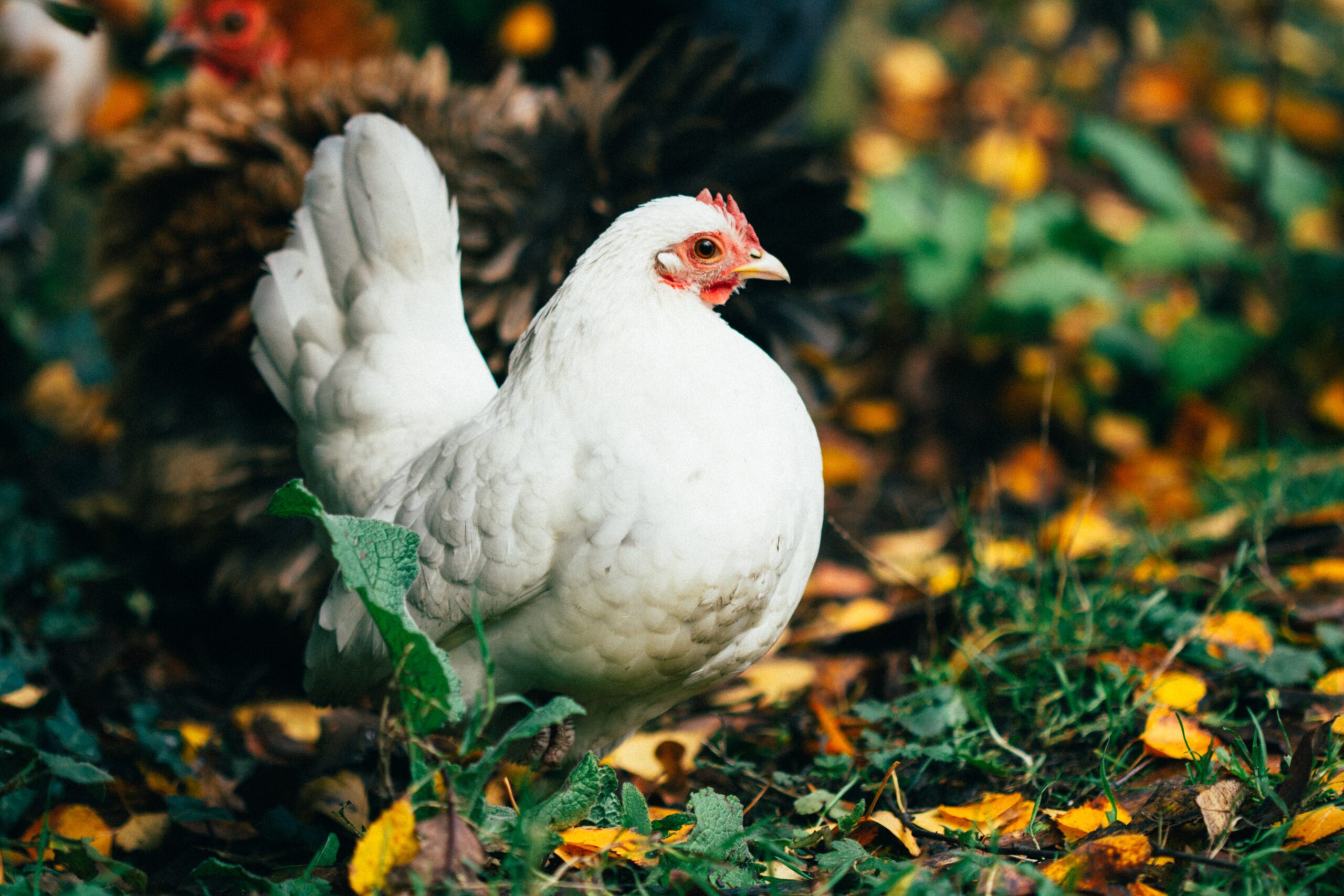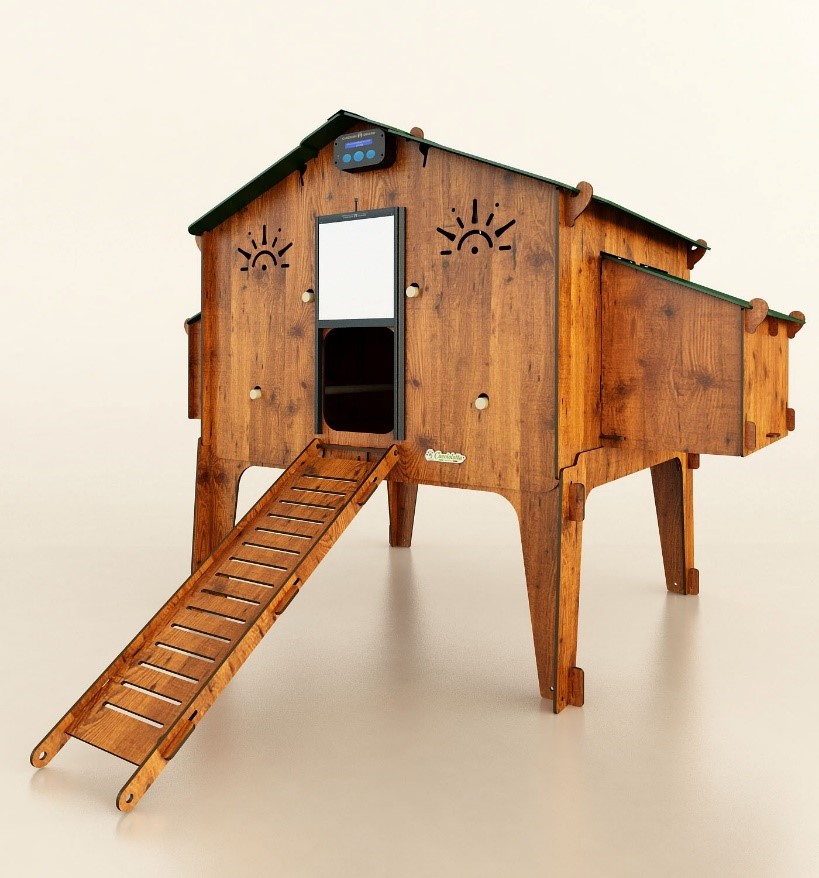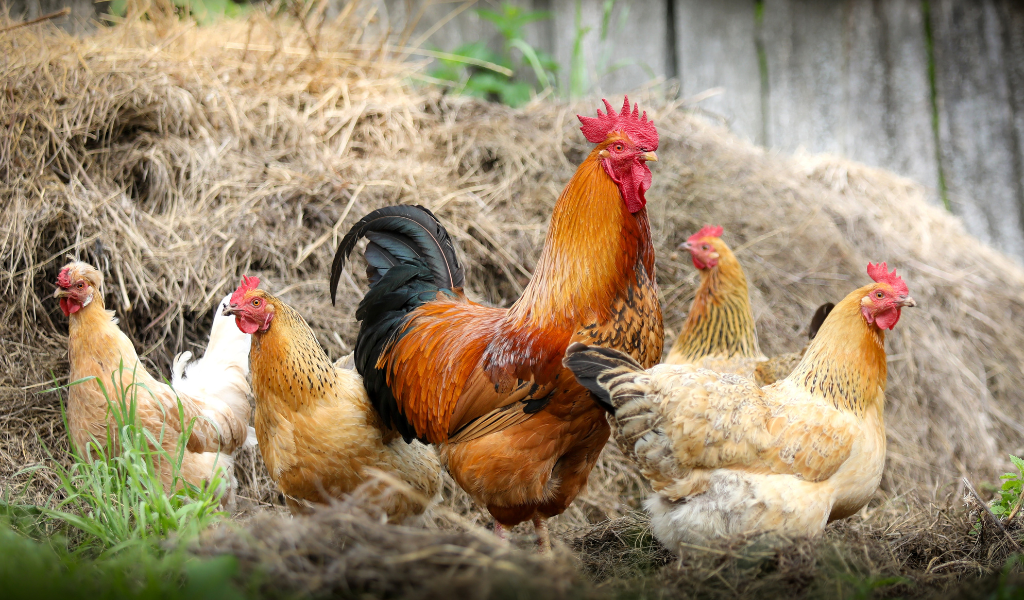The fox is the animal that most of all terrifies chicken owners. It is an animal widespread throughout Italy and not only in some places, consequently there are many breeders who do complain about the attacks by this animal. Known for its cunning and intelligence, it will not be easy to avoid attacks by these animals, it is therefore necessary to take all possible precautions, especially in areas where foxes are particularly numerous. The smell coming from the hen-house for a fox it is irresistible, consequently if the area is the territory of the foxes, sooner or later they will surely try to enter it. You will then have to take every precaution possible to prevent one or more foxes from entering the chicken coop.
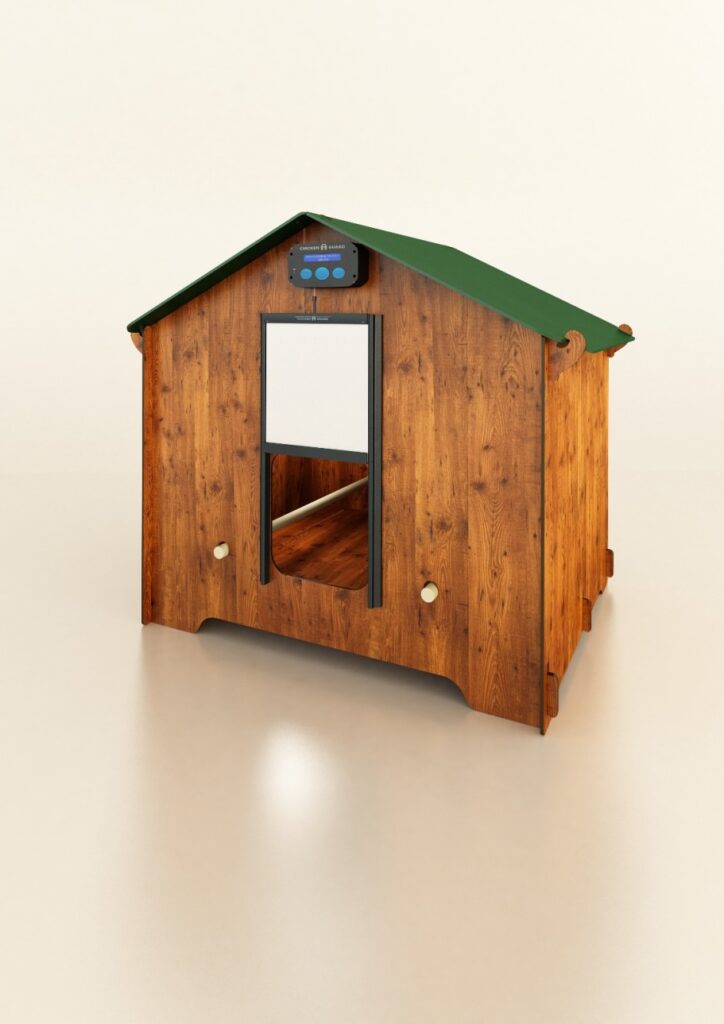 Some useful tips to prevent foxes from attacking your chicken coop
Some useful tips to prevent foxes from attacking your chicken coop
The fox is an excellent climber and climber. Consequently you have to make a fence that do not allow the fox to step over it and it is also necessary that the fence is buried for at least 50 centimeters. As for the fence, it is useful to place one just outside the fence tight mesh net to make an excavation attempt to enter the enclosure by a fox even more difficult. As for the height of the enclosure, a height of at least 3 meters is necessary to prevent the fox from being able to enter. The top edge should be facing out, in order to make climbing the fence more difficult.
Un enclosure equipped with a roof it is however the best solution, in this case it will be almost possible for a fox to be able to get inside. Only a hole between the mesh of the enclosure could allow a fox to enter.
Le foxes usually attack from dusk to dawn, they rarely attack hens during the day. Consequently, you can think of bringing the hens back inside the hen-house, which is placed inside the enclosure. At this point it will really be impossible for a fox to attack your chickens.
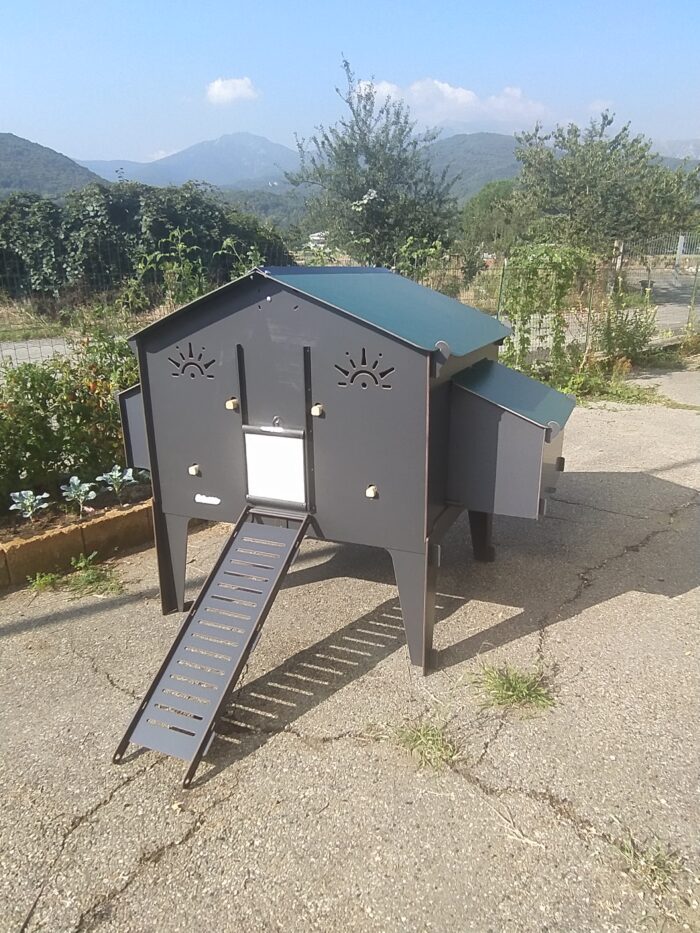 What are the other animals that could be dangerous for the hens
What are the other animals that could be dangerous for the hens
A list of other animals that could be dangerous for the hens. Similar to foxes, they are weasels, martens and stone martens. These are animals known to perform real massacres inside the chicken coop, on many occasions they even kill all the hens and then eat only a few. They are therefore very dangerous animals and all the necessary precautions must be taken to stop them.
Another danger can come from snakes, especially for eggs and chicks. Small openings are sufficient to allow the snakes to be able to access the hen-house, consequently it is necessary to verify that during the night everything is totally safe and no access passage is available.
I rats they are a big problem for hens, eggs and chicks. They are attracted to the chicken coop because here it is possible to find food and once inside they take advantage of it to plunder the chicken coop of eggs and chicks, as well as provoke serious damage also to the hens.
How to navigate between the different types of chicken coop
After analyzing the main measures to prevent foxes from attacking our hen-house and after having listed the other main predators of laying hens, let's see how best to orient yourself among the different ones types of chicken coop commercially available and we understand why you need to protect your hens.
Among the models on the market you can choose between chicken coops with or without fence and corridor. Basically un chicken coop with corridor it is more expensive, but it delivers at hens much more room to move. In addition, it protects better from predators and facilitates the collection of eggs. A good chicken coop must have enough space, especially if you have more than a dozen laying hens in your breeding. Before proceeding with the purchase of the hen-house, a number of elements need to be considered:
- What kind of hen-house do you need?
- How much budget do you have available?
- Will you build it yourself or buy one already built?
- How many hens do you plan to keep? How much space is available for the hen-house? Will it be indoors or outdoors? Are you going to buy a simple garden chicken coop or a professional chicken coop?
- How much space do you want for hens? How many doors and windows do you want in yours hen-house? What kind of materials do you want for the hen-house?
- How easy is it to clean hen-house? Is it built with toxic or harmful materials? How will ventilation be provided?
- How will you protect yours hens from predators? Do you want a professional chicken coop with electronic control and safety system to program the closing and opening of the doors of the hen-house?
- Il hen-house it is made to be anti-rat, anti-fox, anti-weasel, anti-ferret e anti-parasite?
Once you have considered these factors, you will certainly know how to orient yourself between the different types of hen-house on the market. In particular, on the our online catalogue offer professional chicken coops large, attractively designed and easy to assemble and clean. Products in HPL multilayer and thermally insulated, ours professional chicken coops for open air they enjoy high resistance to direct bad weather over time without the need for maintenance.
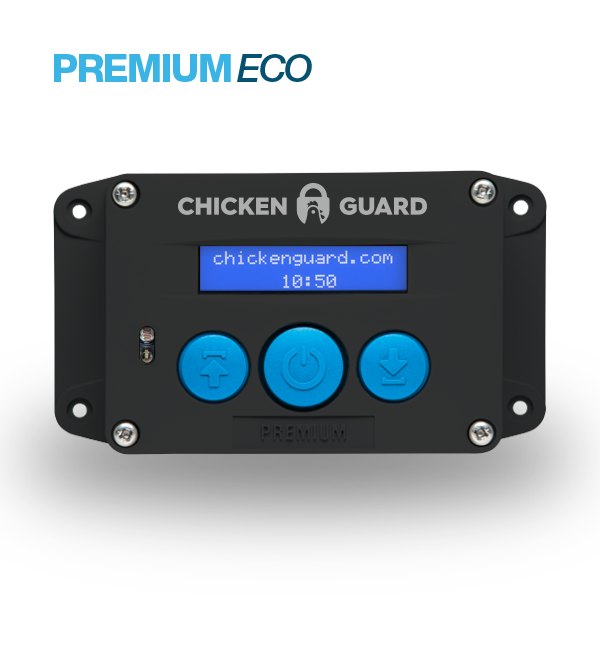 Why is it necessary to protect chickens?
Why is it necessary to protect chickens?
As we mentioned above, the hens they are vulnerable to predators; therefore, it is necessary to protect them from other animals that want to eat them. Also, the hens they can also get sick if they are not protected from the elements, so it is important to keep them warm in the winter and cool in the summer.
Il hen-house is a building in which the hens spend a lot of time: it must be robust, insulated, waterproof and comfortable. The hen-house, garden or professionalcan be made of wood, metal, plastic or other materials. The walls must be at least five feet high, with a sloping roof to prevent rain from entering. The door must be small enough for the chickens to pass through, but large enough to prevent predators from entering.
The room should have plentiful, but not excessive ventilation. The floor should be raised off the ground to prevent predators such as rats and snakes from entering and be covered with straw or wood chips to ensure the greatest possible comfort for the hens. hen-house should theoretically be placed in a sunny position, in a place where the hens they can get plenty of fresh air but not too much sun.

